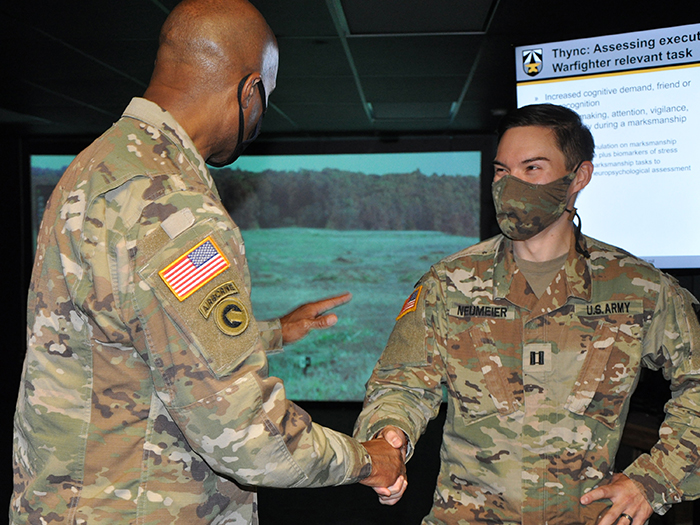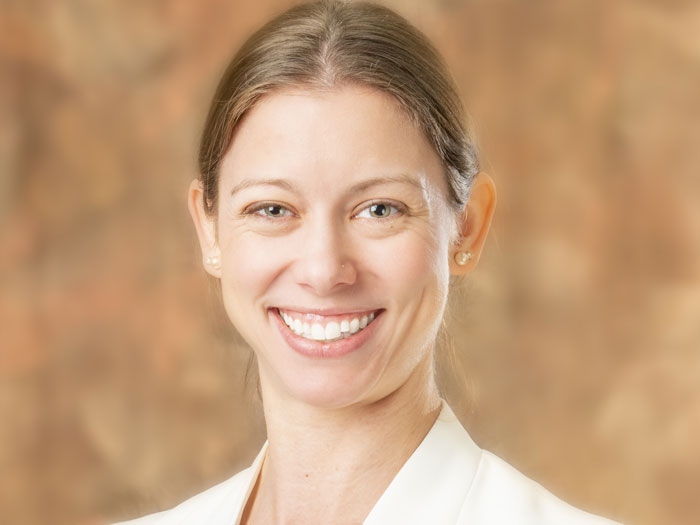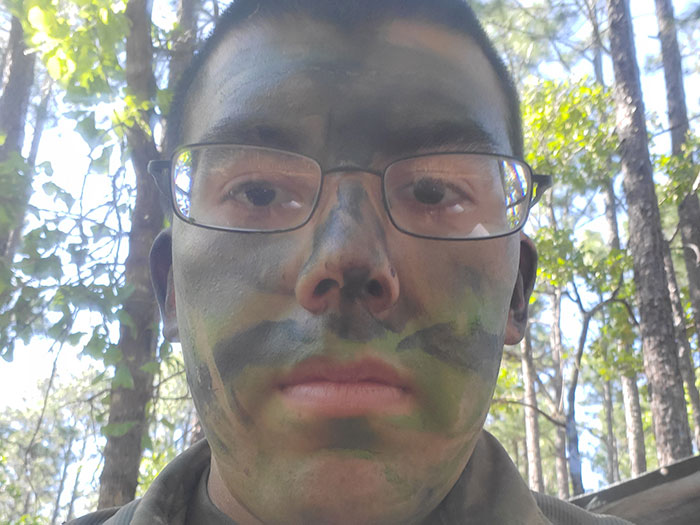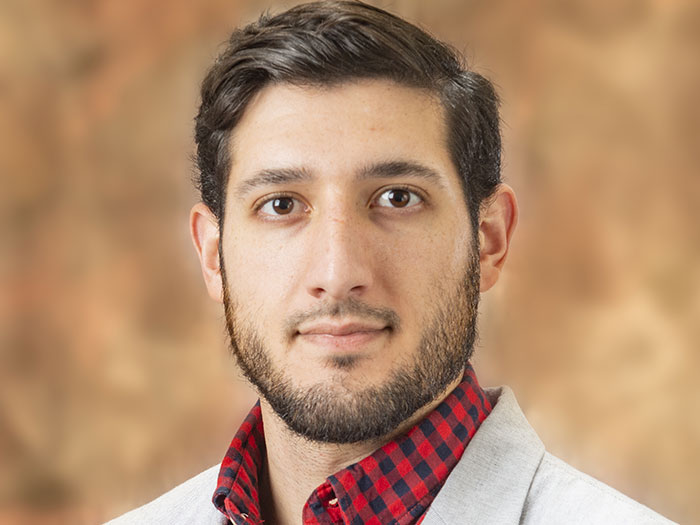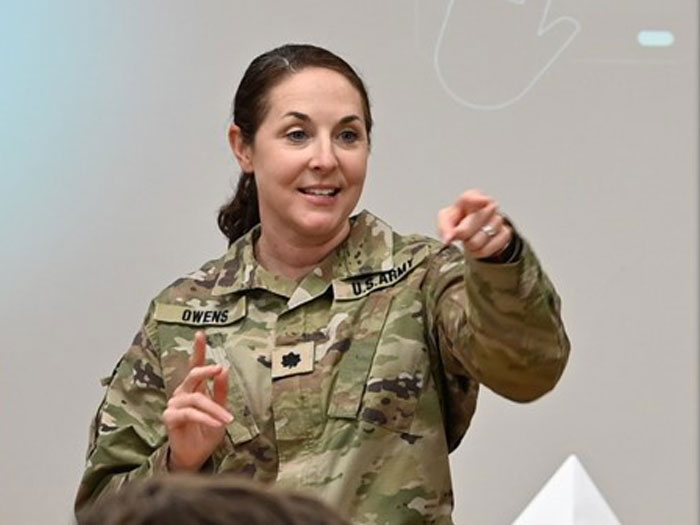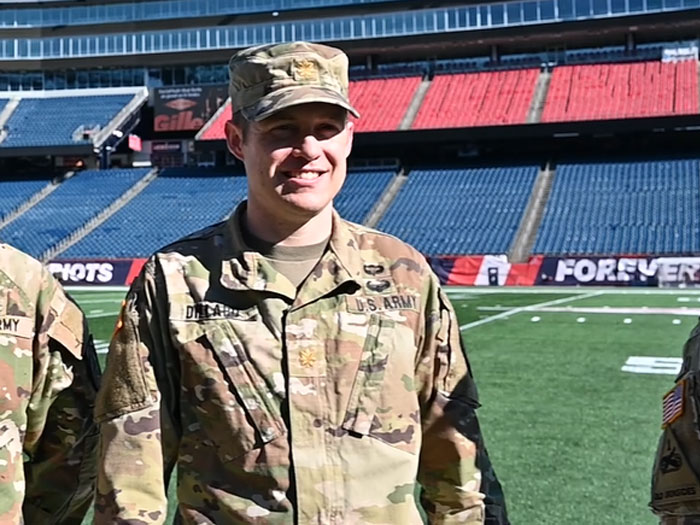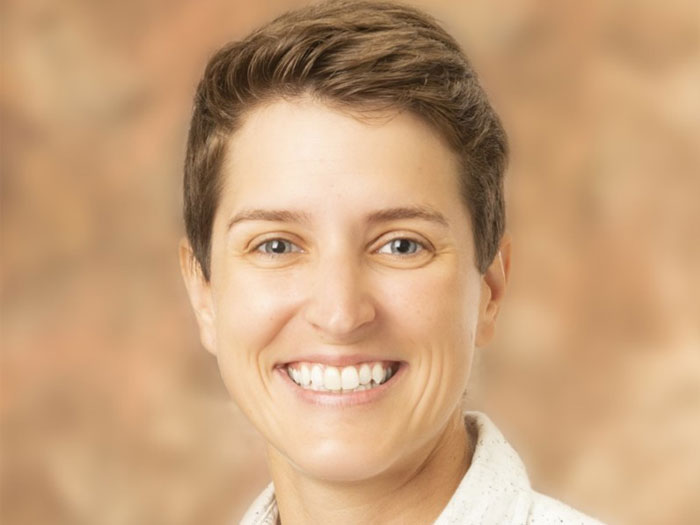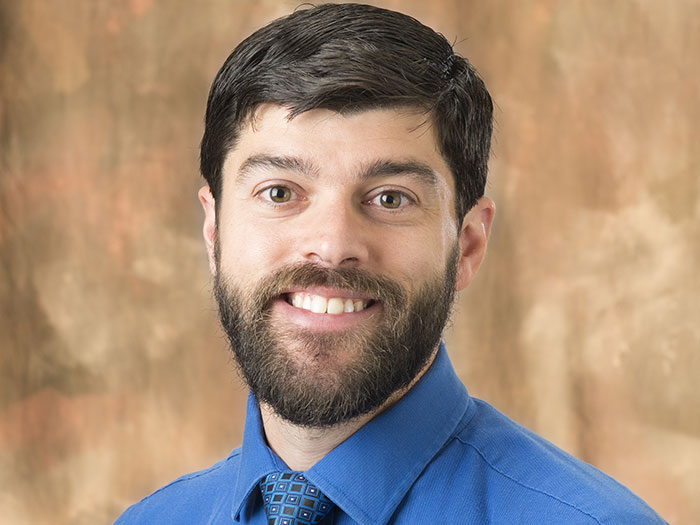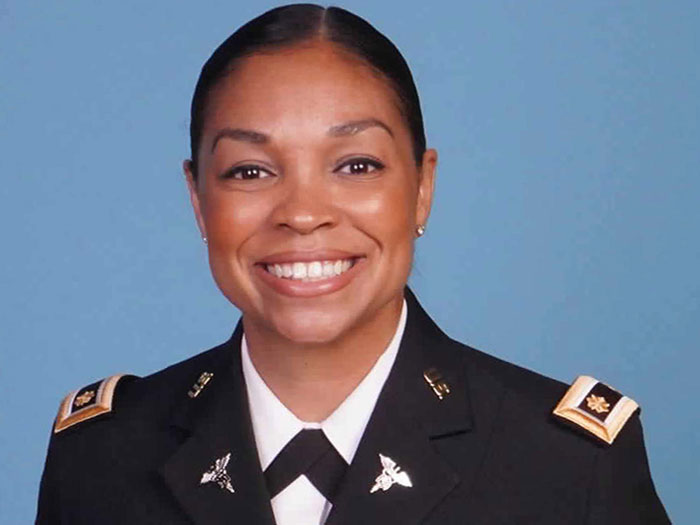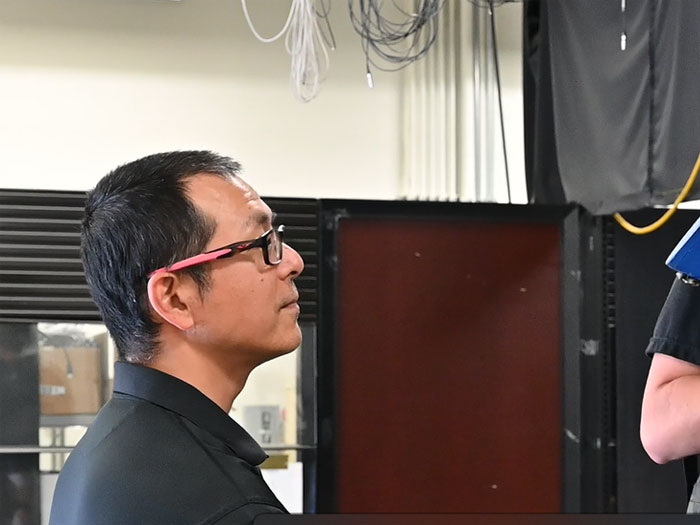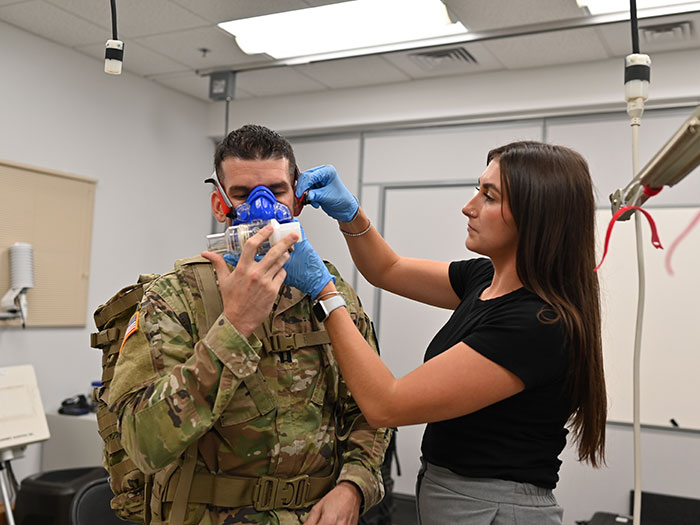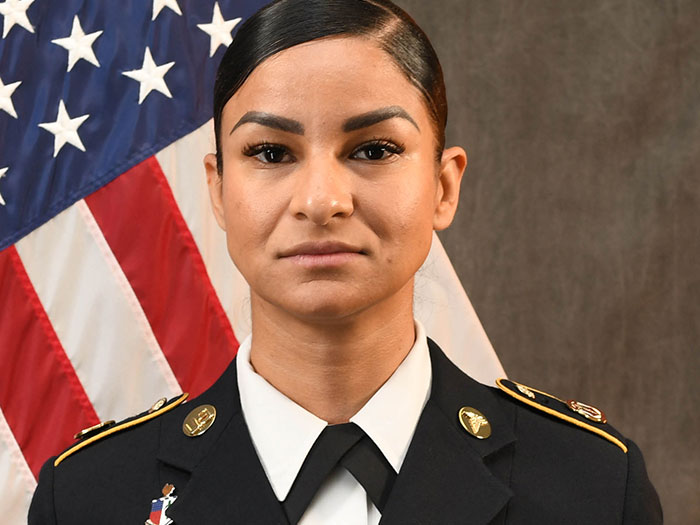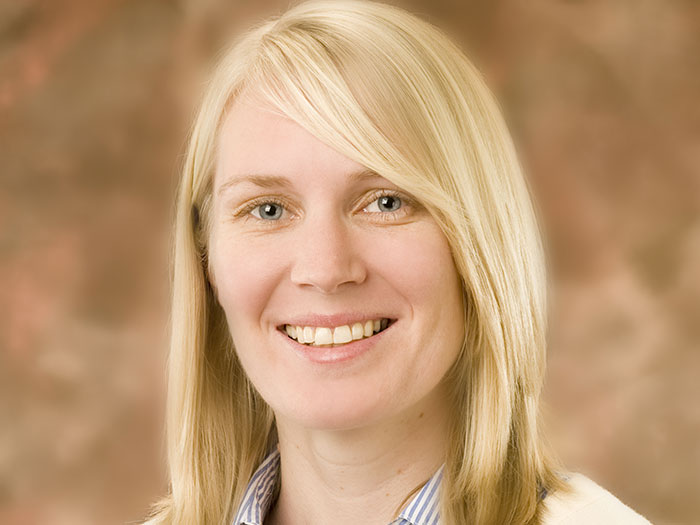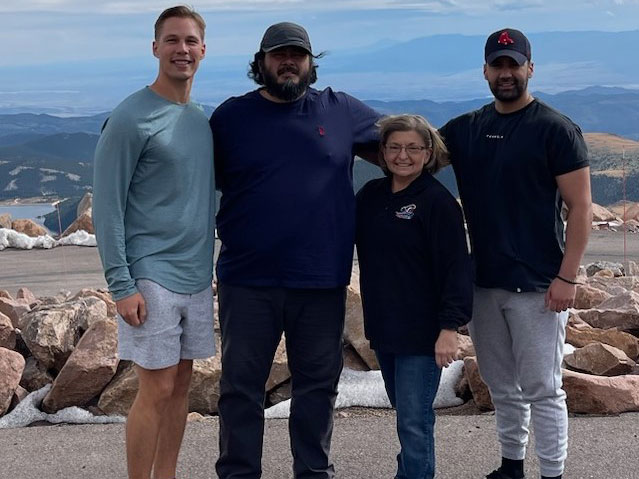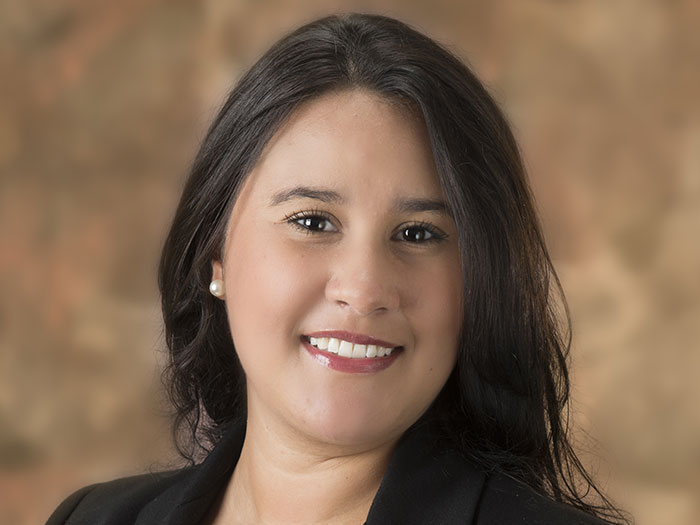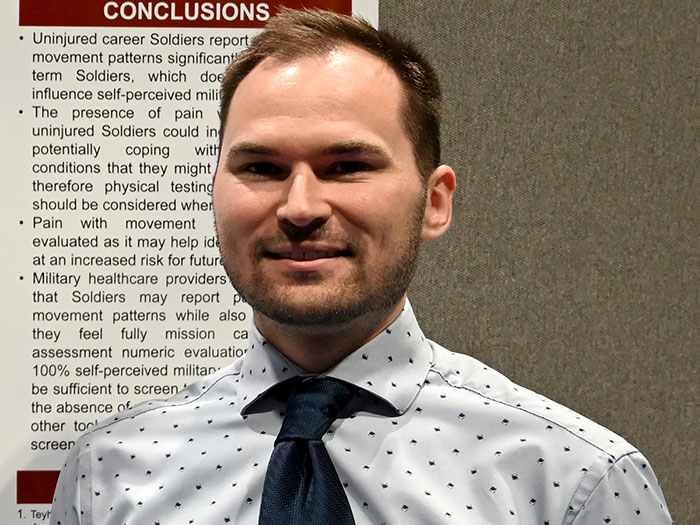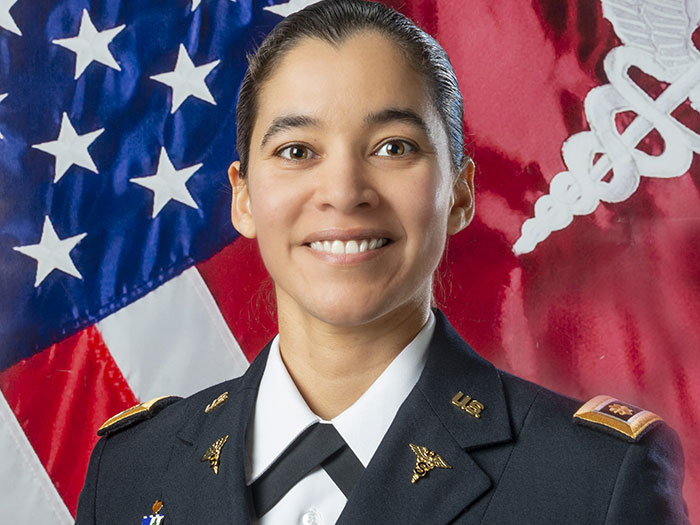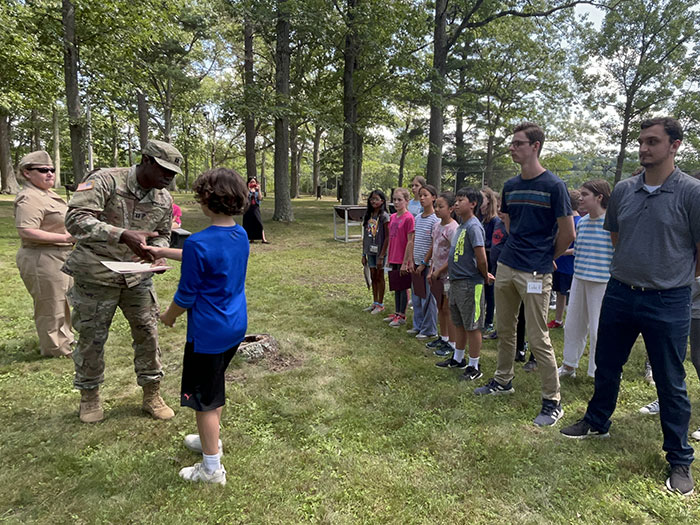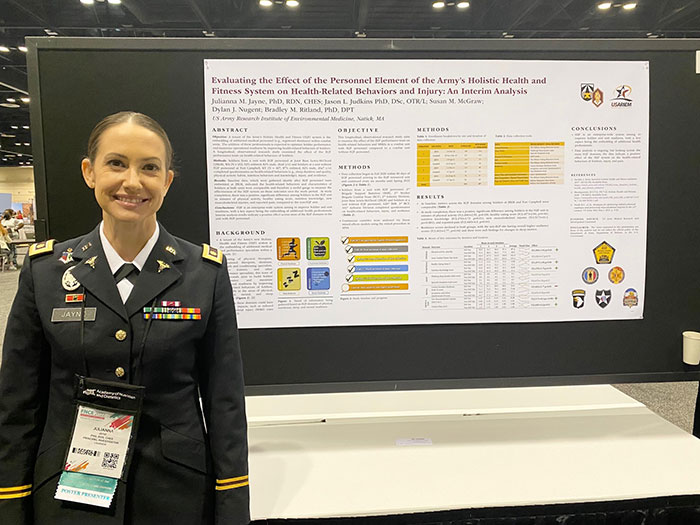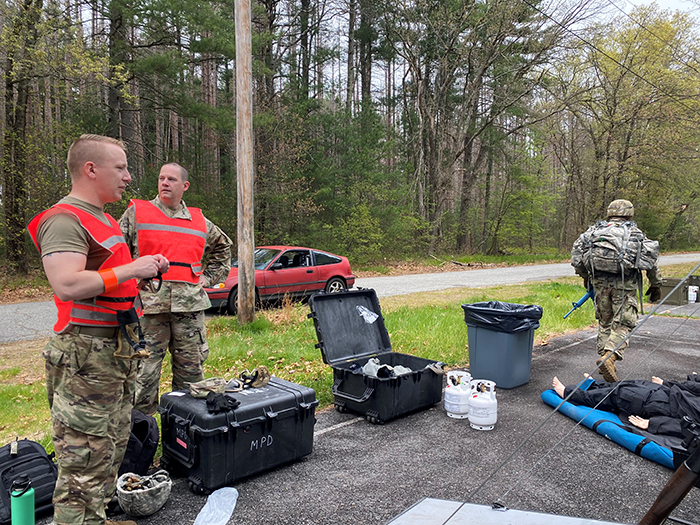Behind the Science with John Castellani, Supervisory Research Physiologist, Deputy Division Chief, Thermal and Mountain Medicine Division
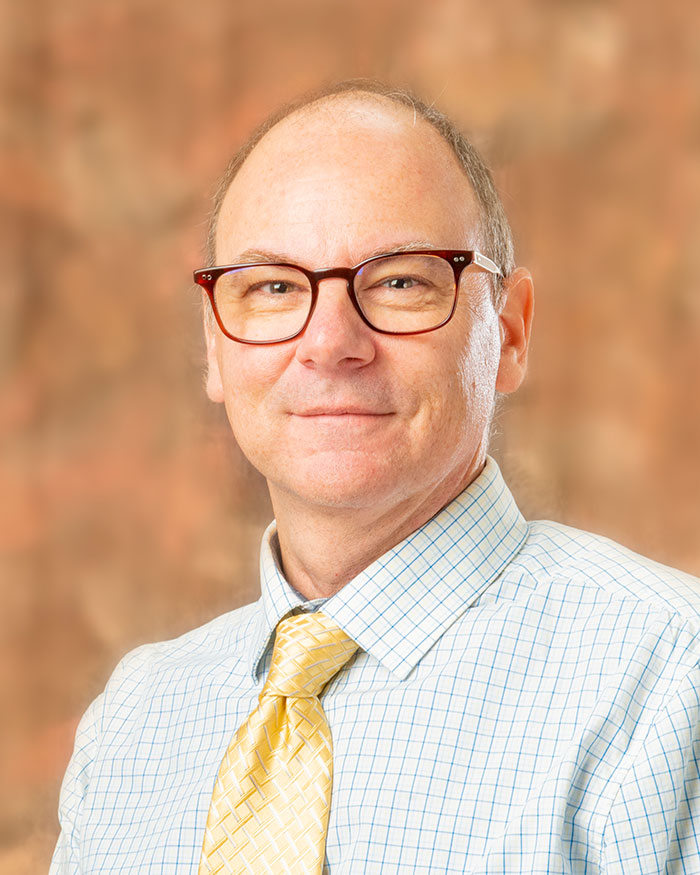
Deputy Division Chief
How long have you been at the U.S. Army Research Institute of Environmental Medicine?
I have been at USARIEM for 29 years. I started in 1995 as a post-doctoral scientist, which I completed as an Army Captain. In 1999, I converted to a federal civilian position.
How did you become interested in being part of USARIEM and working on Soldier nutrition and performance?
I was a master's student at Penn State and working in the Noll Laboratory where I got to know some of the best scientists in the area of environmental physiology, including Elsworth Buskirk, the director of the Noll Laboratory and a giant in our field (and who worked at one of USARIEM's predecessor labs at the Quartermaster Corps), and Larry Kenney, who was studying physiological responses to heat in aging as well as developing occupational standards for working in the heat. It was these scientists who first introduced me to the idea of understanding human physiology in extreme environments. I was also a weather nut, so this was a natural extension of that interest.
What projects/tasks are you currently working on?
Our team has several ongoing efforts to reduce cold injury risk and improve performance during operations in cold weather. We are developing a new military-relevant wind chill temperature index that adds areas of the body that are more susceptible to frostbite, physical activity and possible sex differences. We also have new studies planned to identify methods to improve blood flow to the feet as well as identify the mechanisms behind performance decrements in the cold so that we can develop new countermeasures.
What aspects of your job do you love and find most gratifying?
I enjoy going to various meetings and telling people what we do at our Institute and how great the people and the science are. People are amazed at all the things we are doing; most of the time they have never heard of USARIEM. Telling them about the work we do across all the different research divisions to improve a Service Member's ability to thrive under challenging and austere conditions is very rewarding.
What part of your job do you find to be the most difficult?
Trying to understand the concept of "requirements" and how to move our efforts forward. I use this example; several years ago, we completed a proof-of-concept study showing that focused forearm heating could significantly improve manual dexterity in a cold environment. We followed this by building prototypes and taking them to Alaska to get feedback on what was good/bad and how to move forward. There had been monies set aside for advanced development. However, that money was pulled because we didn't have a "requirement" that stated that maintaining hand dexterity and function are very important attributes in the cold. It can be very frustrating sometimes.
When you are not at the Institute, what do you like to do for fun?
Bread baking, homebrewing, hanging out with my family, exercising, watching (yelling at) all the Philadelphia sports teams, watch Liverpool soccer games.
2025
2024
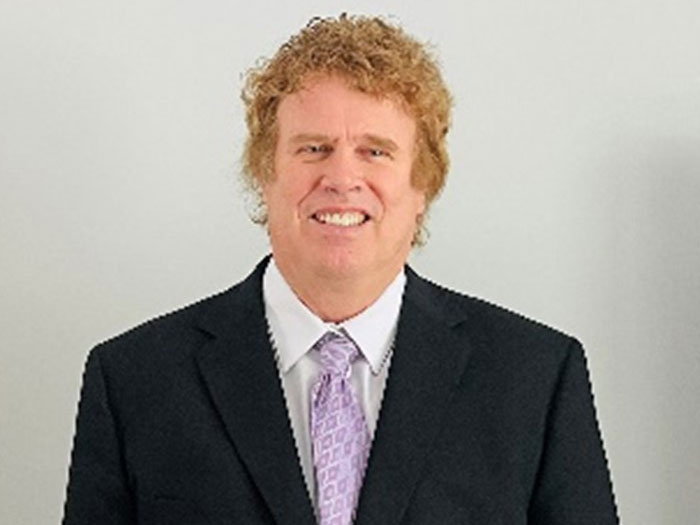

2023
